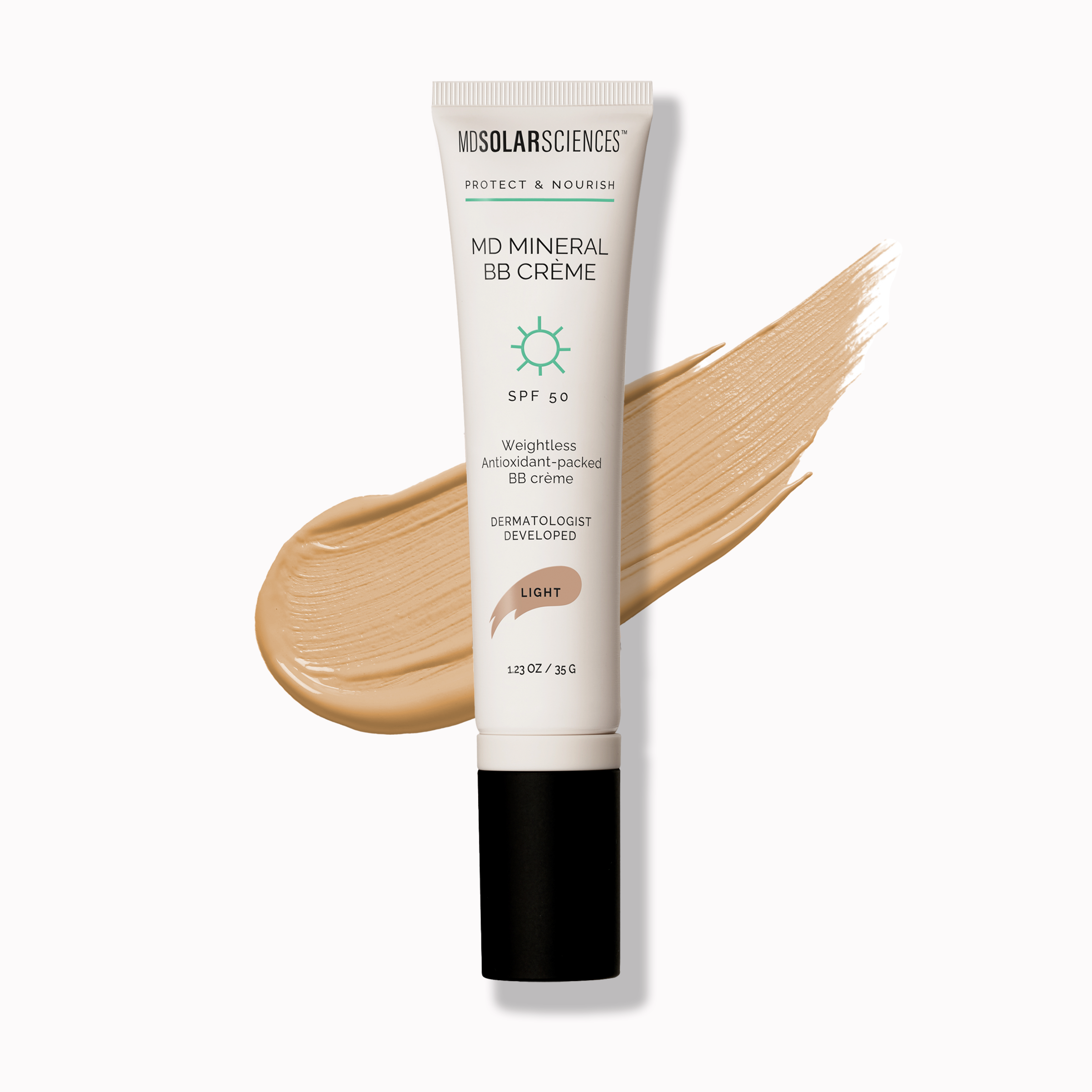When the days start getting shorter and the temperatures drop, we’ll forgive you if one of the last thoughts on your mind is your sun care regimen! But if you ask any dermatologist, he or she will tell you that winter is not the time to rest on your laurels when it comes to sun care. Creating a year-round sun care regimen is essential to helping reduce your risk of skin cancer, skin damage, and other potential long-term issues that can affect your skin. The sun’s rays are also the main cause for skin aging, so your SPF is really your anti-aging first step.
The American Academy of Dermatology Association (AADA) backs this up as well. The AADA recommends sunscreen use every day if you will be outside. They go on to say, “The sun emits harmful UV rays year-round. Even on cloudy days, up to 80 percent of the sun’s harmful UV rays can penetrate your skin.” Thankfully, if you are interested in boosting your daily sun care regimen, your FSA gives you a massive advantage.
Luckily, many of your favorite MDSolarSciences sun care products are covered by an FSA or HSA. So if it’s time to up your winter sun care regimen, use your tax-free funds first!
How FSAs make sun care safer
Shopping for eligible sun protection products with your FSA should always be your first move. The fact is, eligibility requirements for FSA eligible sun care products can help eliminate products that may not be as effective. For a sun care product to be FSA eligible, it must utilize a sun protection factor (SPF) of 15 or above, and provide broad-spectrum protection against UVA and UVB rays. So as you work more sun care practices into your daily routine, shopping with your FSA first can ensure that you have a solid foundation to build on.
Here are a few FSA-friendly winter sun safety tips that can help you maximize the potential of your FSA dollars and protect you and your family from UV rays every day.
1. Consult the weather and activity level when shopping sunscreen
When you’re building a year-round sun care regimen, think about how your skin reacts to different weather conditions. Does your skin tend to dry out in the winter months? Is it more oily during the summer months? Pay particular attention to the ingredients in your sunscreen and use the one that is best for the conditions on that day. For instance, if it’s going to be a windy, dry afternoon, go with a daily SPF with a built-in moisturizer that uses ingredients like lanolin or glycerine. If you’re going to be active and build up a sweat, opting for a water-resistant sunscreen of 80 minutes (highest-level) may be the better option. When in doubt, pick the sun care product that is best for what you’ll be doing and where you’ll be heading. MDSolarSciences Pick: Daily Wear SPF 30 Moisturizing Sunscreen
2. Pay attention to altitude
3. Don’t forget lip sun care!
If chapped, dry lips are a fact of life for you during the winter months, regular sun protection may be the answer you’re looking for. Your FSA also covers sun protective lip balm (SPF 15 or above and broad-spectrum) that will stop your lips from drying out due to sun damage and wind burn, while nourishing the underlying skin layers with active ingredients like aloe vera and other essential oils. Apply throughout the day to keep your lips hydrated and healthy and safeguarded from the sun’s rays. MDSolarSciences Pick: Hydrating Sheer Lip Balm SPF 30 Trio
4. Don’t skip sun care on cloudy days
Cloudy and rainy days mean you can slack a little bit on your sun care regimen, right? In reality, even during overcast days, UV rays will reach the Earth’s surface and your skin. In fact, the MD Anderson Center reports that some studies have shown that cloudy days could even be worse for UV levels during an effect called cloud enhancement of UV radiation. This refers to when the sun’s beams reflect off the sides of clouds causing radiation to be more focused and dangerous. So even if rain is in the forecast in the future, stick to your sun care plan! MDSolarSciences Pick: Quick Dry Body Spray SPF 40
5. Are your eyes protected?
Finally, winter sun care means more than just sunscreen! While sunscreen needs to be applied around the sensitive eye area that is prone to skin cancers; your eyes are also susceptible to internal damage from the sun’s rays. Even long-term health issues like melanoma and cataracts can arise in the eyes without proper sun protection. If it’s time to invest in a new pair of prescription sunglasses, your FSA covers that too! Look for designs that have additional protection on the sides of the face to block out UV rays that may enter from the side. And if you’re going to be skiing or snowboarding in the future, be sure to wear goggles or another form of wrap-around eye wear to keep your eyes protected. Unfortunately, your ski goggles aren’t covered by your FSA!
Year-round sun care is not just a smart choice for your overall skin health, it could help you avoid potentially dangerous skin cancers and other conditions that could arise from excessive UV exposure. Whether you have excess funds to spend before your FSA deadline, or you’re simply looking to fully maximize your FSA’s potential, proper sun care is one of the best choices you can make for your health now and into the future.







